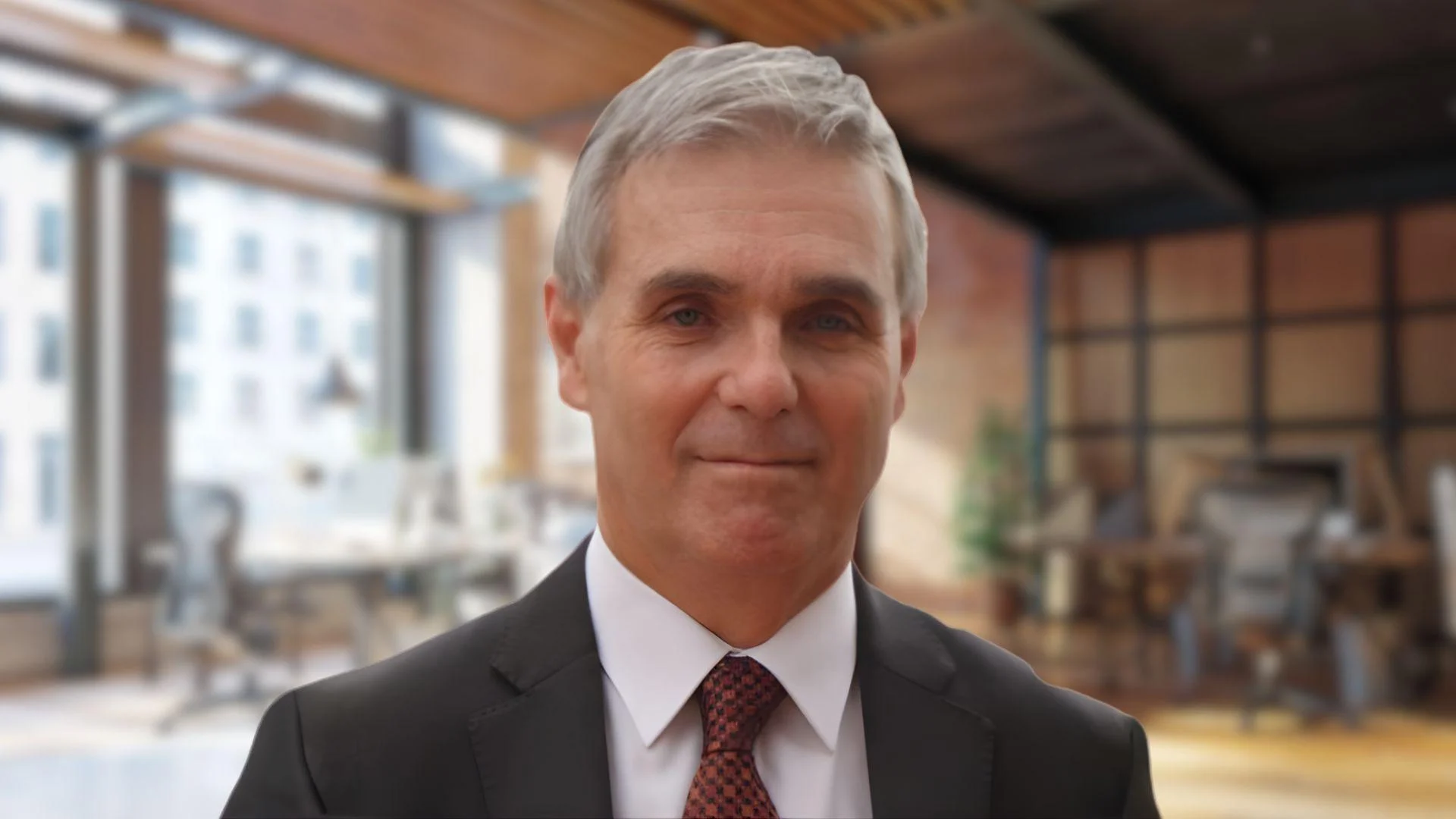Airbus and Leonardo are providing input on potential airframer requirements and assisting with validation. According to the partners, all main project requirements, including electrical distribution architecture, will meet TRL4 status and undergo a critical design review by year-end.
These achievements with HECATE are part of a series of announcements from Collins and RTX group affiliates regarding advancements in propulsion technology. The company has invested significantly in research and development aimed at creating a 20-megawatt (MW) class powertrain for next-generation single-aisle airliners.
Airbus Helicopters has engaged Pratt & Whitney Canada and Collins Aerospace to develop a hybrid-electric propulsion system for the PioneerLab technology demonstrator. Using the twin-engine H145 rotorcraft—already equipped with other systems since 2023—the initiative seeks performance improvements that could be applied to new and existing helicopters.
A core goal of PioneerLab is achieving a 30% improvement in fuel efficiency alongside reduced carbon dioxide emissions. Pratt & Whitney Canada will replace the H145’s current Safran Arriel 2E turboshafts with a derivative of the PW210 engine working in tandem with two Collins 250-kW electric motors and controllers via a common gearbox. Delivery of these motors to Airbus is scheduled for next year.
The RTX group partners plan to commence test flights with this configuration in 2027 at Airbus Helicopters' facility in Donauwörth, Germany. The team will evaluate how electric motors provide high torque during flight phases such as takeoff and landing while optimizing overall hybrid powerplant performance.
Collins is developing these 250-kW motors and controllers at its Electronic Controls and Motor Systems center of excellence in Solihull, UK. This work is supported by the UK government-backed Aerospace Technology Institute to bring scalable products to market suitable for various aircraft types.
Insights from Pratt & Whitney's involvement in programs like RTX Hybrid-Electric Flight Demonstrator, Scalable Turboelectric Powertrain Technology (STEP-Tech), and sustainable water-injecting turbofan (SWITCH) have informed preparations of the PW210 turboshaft. Phill Godfrey, Collins’s chief sustainability officer, stated that RTX is leveraging expertise across its divisions to reduce carbon emissions through enhanced propulsion efficiency, better power management, and lighter aircraft systems.
Ahead of this year’s Farnborough International Airshow, RTX reported validating sustained operation of STEP-Tech's thermal engine along with its electrical generator, battery system, and propulsors. This modular demonstrator program aims to test distributed propulsion concepts ranging from 100 kW to potentially over 1 MW for applications such as eVTOLs and blended wing body aircraft.
At RTX's Technology Research Center in East Hartford, Connecticut, each component of STEP-Tech underwent testing including an initial partial-power engine run integrating electrical systems. The company confirmed validation of the battery system readiness for running the powertrain demonstrator’s thermal engine using electrical power produced by the turbogenerator to charge batteries driving propulsor motors.
 Alerts Sign-up
Alerts Sign-up




































